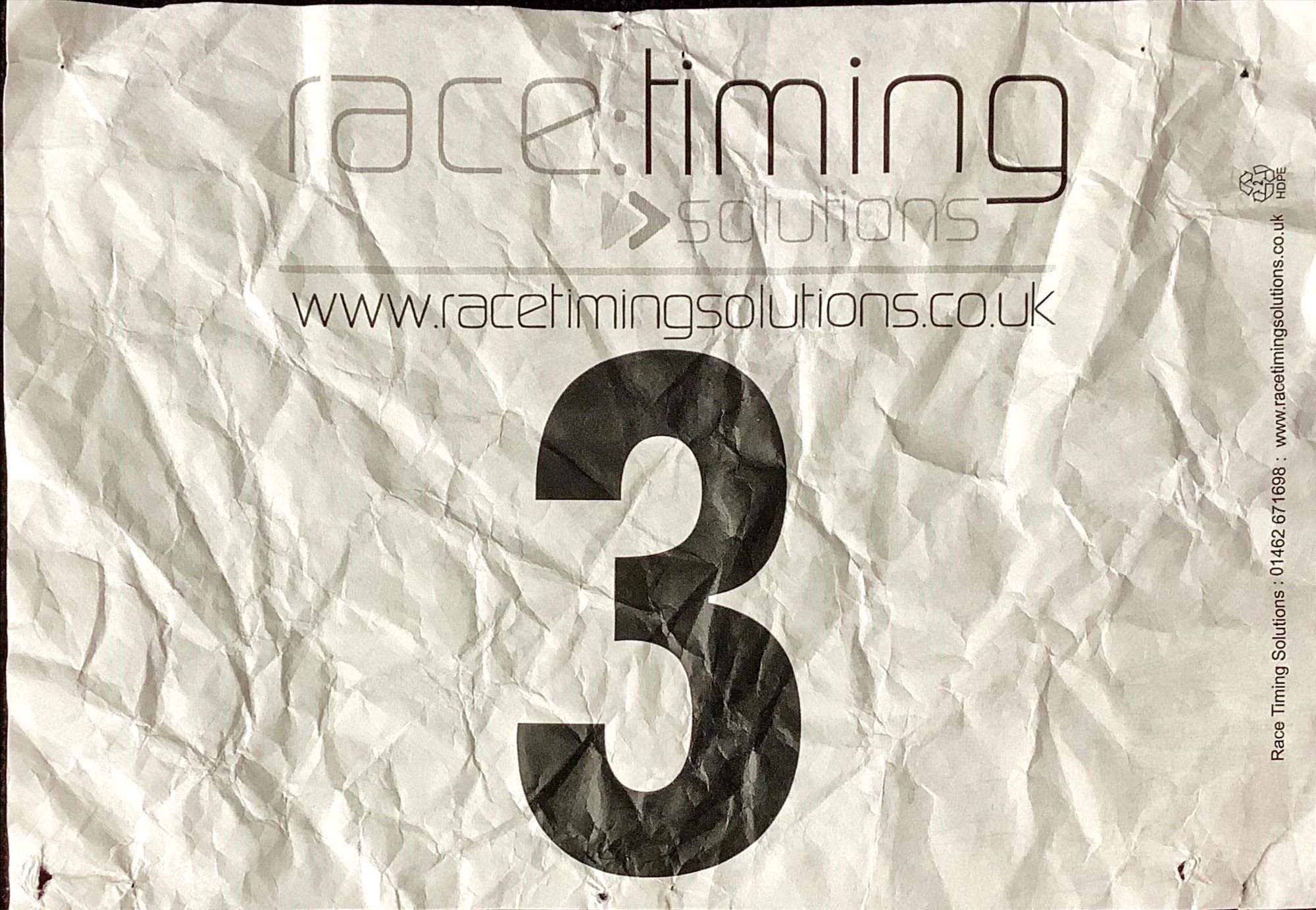My First Aquathlon
I reflect on the experience of my first aquathlon, and the things I learnt along the way.

Three weeks ago I took part in my first aquathlon at the University of Birmingham. For those unfamiliar with the term, an aquathlon compromises of a swimming and running, usually in that order. This one was a 400m swim followed by a 5km run around the university campus. This blog will recap some of the race highlights and things I learnt along the way.
Overall, it was a great experience and I was able to enjoy it more than I thought I'd be able to! Going into race preparation I was confident with my running, but it was the swimming that needed a lot more work. So for the month prior to the race, I tried to get in the pool at least twice a week to improve my swimming speed and stamina. This started with me doing some 100m splits - where you swim 100m, take a break and repeat, to then swimming longer distances, building up to a continuous 400m swim. For me it was important that I tried to swim a full 400m at least once before raceday, to give me that confidence that I could actually finish it. Although I did have to remember that this was only half of the story, and that I needed to have enough in the tank for a 5km run after.
Fast forward to the actual event, there were some factors that I hadn't really practiced for and had to adapt to on the day. One was the transition (T1) from the swim to the run. I came out of the pool finding that the swim went easier than expected (probably a combination of adrenaline and the training paying off), and had to make my way outside to where my running shoes and top were waiting for me. Surprisingly I didn't feel as cold as I thought I would, despite it only being 7 degrees outside and fairly windy. I put on my socks, shoes and top over my tri-suit in a transition time of 1 minute 22 seconds, however this could have been done a lot faster. Being my first aquathlon, I wasn't using any fancy equipment, but after watching others race I saw that there were small tricks and details they were using to help speed up T1. This included:
- Having elasticated laces, allowing you to slip on your shoes without having to tie them up
- A belt to clip around your waist with your race number, removing the need to put on a top over your tri suit
- Not putting on socks for the run (as this was a relatively short distance the risk of blisters is pretty small, so it was ok to do this).
Getting out of transition and onto the running route, which consisted of three laps of a portion of the campus, I found myself running faster than I should have on the first lap, as I found it tricky to try and pace myself appropriately after a swim. The course was also half uphill and half downhill, and combined with university open day tours that were happening at the same time there was a lot of weaving and dodging through people on the run! I managed to settle into a good pace for laps 2 and 3, which was comfortable and could be sustained. And with that concluded the race - finishing in a final time of 34 minutes and 22 seconds. For those interested, my split times can be found below:

Whilst I was no where near the podium position (ranking 110 out of 124), it was a really great experience and I would do it again in the future. The aquathlon highlighted to me different training techniques and what I could improve on in future races. Physically, it feels quite strange on your body from being horizontal (whilst swimming) to vertical (during the run) almost instantaneously, which was something that I was not used to. I've found that training for multisport events during this year with the triathlon society at university really improves your all round fitness. And it was very satisfying and rewarding to see all the training I had put in pay off!
Duathlon, done. Aquathlon, done. Next stop...full triathlon??

